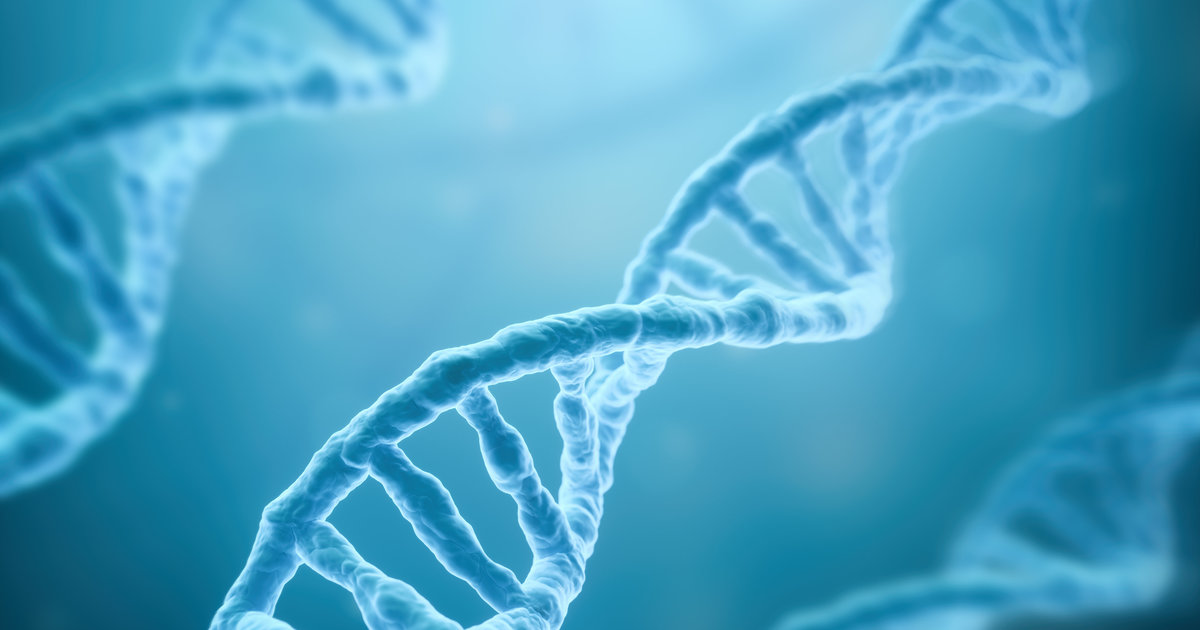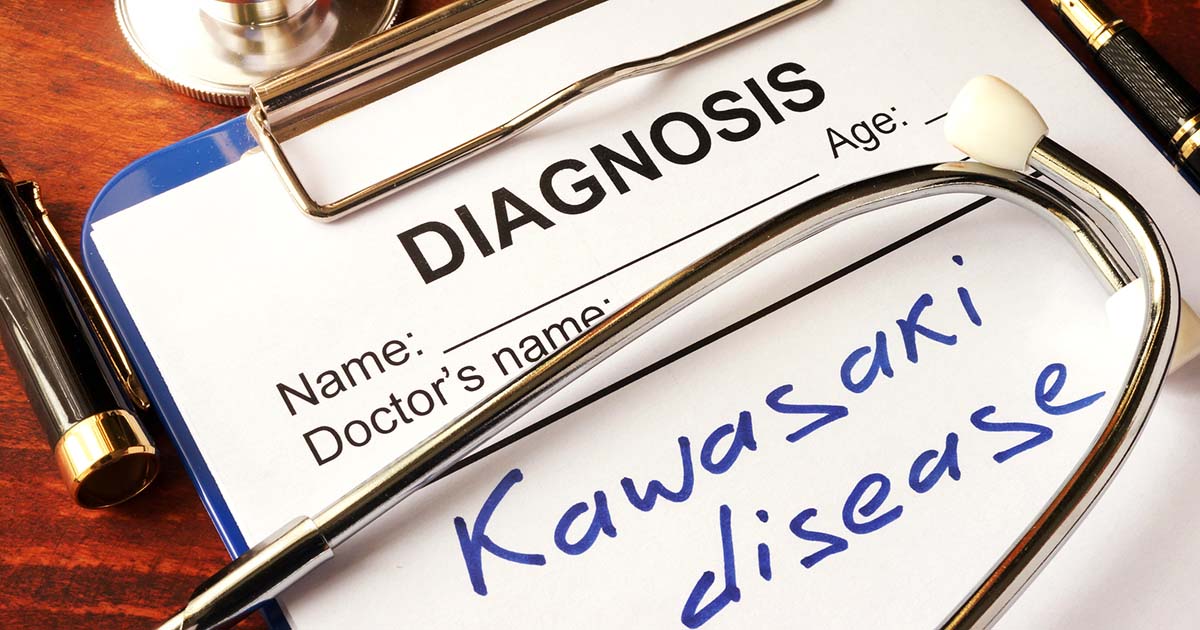The Causes And Diagnosis Of Kawasaki Disease
Kawasaki disease is an illness that predominantly affects children, especially those under five years old. It is a leading cause of heart disease in children but can be treated if a doctor finds it fast enough. The disease causes inflammation of a person's blood vessels, which can damage the coronary arteries, which provide oxygen and other nutrients to the heart. However, Kawasaki disease affects more than just the heart. It can also cause issues with lymph nodes, skin, and the mucous lining of the mouth, nose, and throat. The disease does not appear to be contagious but occurs in small outbreaks. Additionally, it can be contracted at any time of the year, but spring and winter are the most common. Learn about the major causes of Kawasaki disease and how it is diagnosed now.
Genetics

The genetics of Kawasaki disease has been hard to track down. Geneticists have found the condition seems to be passed down through the generations of a family, but they have not yet determined the inheritance pattern, which refers to the nature of the gene. For example, the gene could be autosomal and recessive, meaning it only appears if a person has two exact copies of the gene). Geneticists have also found children with parents who had Kawasaki disease have double the chance of the disease compared to the rest of society. Children with a sibling who had Kawasaki disease have ten times the possibility of getting the disease.
Keep reading to learn about the causes of Kawasaki disease now.
Asian Descent

Individuals of Asian descent are more likely to develop Kawasaki disease than others, though anyone can still acquire the disease. Additionally, boys are more likely than girls to have Kawasaki disease. Scientists have used what is referred to as a linkage analysis to try to isolate a Kawasaki gene. Linkage analysis is used to find links between genes located close together on a chromosome. Previously, it had been suspected Kawasaki disease was more common in individuals of Asian descent, but this linkage analysis confirmed that belief. The scientists, while unable to find a single Kawasaki gene, did find a variation of an immune response gene closely related to Kawasaki is more common in those of Asian descent.
Continue to reveal more causes of Kawasaki disease now.
Environmental Implications

The environment also appears to play a role in Kawasaki disease. Some scientists have hypothesized Kawasaki disease may be caused by a viral agent, which would explain the community clusters that tend to come with the disease. Other environmental causes, such as exposure to toxins, may worsen or even cause Kawasaki disease. In a newer study, a team of doctors and scientists worked together to find the cause, and they realized outbreaks of Kawasaki disease seem to coincide with wind patterns, and so they decided to look into the air for a cause. The study was not able to bring about a causal relationship, but it did provide some conclusions. They found Kawasaki disease is related to toxins in the wind from China, and the Candida fungus, a common disease-causing agent, may be related to the disease as well.
Learn more now about the causes of Kawasaki disease.
Immune Response

Kawasaki disease causes immune system cells to flood to the areas the disease is affecting, especially arterial walls. This causes the arteries to become inflamed and can cause long-term damage, resulting in an aneurysm. Basically, the immune response to Kawasaki disease is too strong. As discussed earlier, the strong response gene is associated with individuals of Asian descent. Those who have this gene will have a stronger response to Kawasaki disease, which increases the overall severity of the disease. Of course, more studies are still being done on these immune, environmental, ethnic, and genetic causes of Kawasaki disease.
Keep reading to learn about how Kawasaki disease is diagnosed now.
Diagnosing It

Kawasaki disease starts suddenly and moves quickly, causing severe heart damage in less than two weeks. Symptoms include fever, swelling of the mouth and glands, joint pain, and skin problems, such as a rash. In diagnosing it, the physician will run tests for diseases that cause similar symptoms to rule those out as a cause. The physician may also order urine, blood, and heart tests. If Kawasaki disease is determined to be the cause of a person's illness, treatment will begin immediately and usually in a hospital until the most severe symptoms disappear. With quick and proper treatment, Kawasaki disease can be handled effectively, and the patient's life will be normal aside from more frequent visits to the doctor to monitor heart health.